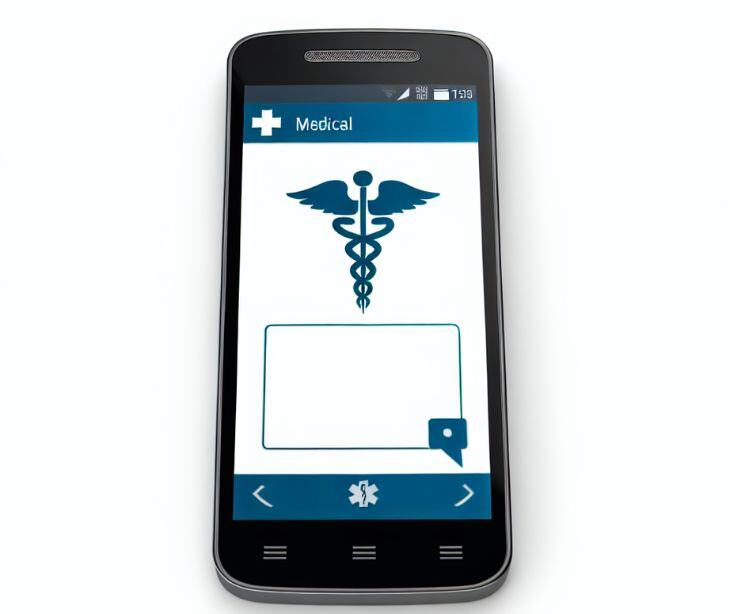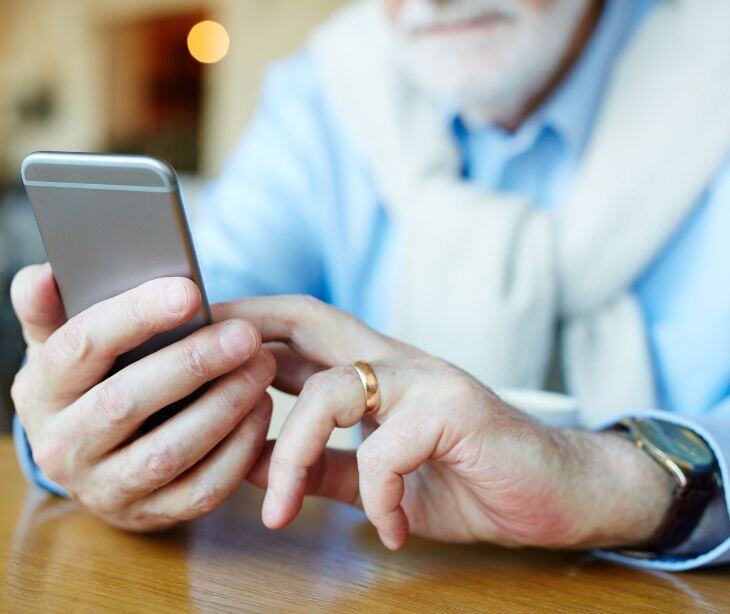
Healthcare organizations are responsible for ensuring patients have a degree of health literacy that allows them to understand their diagnosis and treatment. Without this patients are prone to fall by the proverbial wayside in their health, an unfortunate and entirely avoidable outcome.
The reality of health literacy in the United States
A Center for Health Care Strategies (CHCS) fact sheet defines health literacy as, “...the skills necessary for a person to participate in the health care system and maintain good health. These skills include reading and writing, calculating numbers, communicating with health care professionals, and using health technology.”
Health literacy helps people navigate the healthcare system, talk with healthcare providers, and follow medical instructions. In the United States, many people face challenges with basic health literacy, which affects their ability to manage their health. This leads to more medical errors, miscommunication, and higher rates of illness and disability.
There is also the additional impact on public health issues and economic costs. The CHCS fact sheet provides that limited health literacy is estimated to cost the U.S. economy up to $349 billion every year when adjusted for inflation to 2023 dollars using the Bureau of Labor Statistics' CPI Inflation Calculator. This large financial impact is a small consideration when considering the fact that those most commonly affected are those most in need of healthcare.
See also: How text messaging can help promote accessibility
Why healthcare organizations should be using text messaging to improve health literacy
Text messaging, specifically HIPAA compliant text messaging, helps healthcare organizations improve health literacy by providing a simple and direct way to communicate with patients. Due to its accessibility to a broad audience, it has been found in recent studies to improve medication adherence, especially for patients with chronic conditions like diabetes. Organizations can send reminders about medications, appointments, and healthy habits, helping patients stay on track with their care. This method is especially useful for groups often affected by low health literacy, like the elderly. Many older adults use mobile phones and find text messages easy to read and respond to. Text messaging also reaches patients who might not have access to computers or the internet, including those in low-income or rural areas.
The steps to follow
- Select a messaging platform: Choose a reliable text messaging platform that can send messages to large groups of patients, like Paubox text messaging.
- Develop clear and concise messages: Create messages that are easy to understand. When doing this be sure to use simple language and avoid medical jargon. These messages should be brief and focused on one key point to avoid overwhelming patients.
- Personalize messages: Tailor messages to individual patients when possible. Personalized messages are more likely to be relevant and engaging. For example, send specific medication reminders based on a patient's prescription schedule.
- Include educational content: Incorporate educational messages that provide information about managing health conditions, taking medications correctly, and maintaining a healthy lifestyle.
- Set a schedule: Consistent and timely messages can reinforce health behaviors. For example, send medication reminders at the time patients are supposed to take their medicine.
- Enable two-way communication: Allow patients to reply to messages with questions or concerns. This interaction can help clarify any confusion and provide additional support.
Creating messages that improve health literacy
- Identify key topics: Focus on relevant health issues like diabetes management or medication adherence.
- Use plain language: Write in simple, everyday language and avoid complex terms.
- Be specific and direct: Provide clear, actionable instructions.
- Incorporate visuals (if possible): Use emojis or symbols to reinforce messages.
- Repeat information: Periodically repeat key messages.
- Encourage questions: Prompt patients to ask if they don't understand something.
- Provide positive reinforcement: Acknowledge and encourage patient efforts.
- Link to additional resources: Offer links to reliable health information websites or resources.
See also: How psychoeducational text messaging improves patient outcomes
FAQs
What if a patient doesn’t have a smartphone?
Text messaging can still be effective with basic mobile phones, as messages do not require internet access.
How do organizations measure the success of text messaging programs?
Success can be measured by tracking engagement metrics, patient feedback, and health outcomes such as improved medication adherence and better management of chronic conditions.
Can text messaging replace other forms of patient communication?
Text messaging should complement, not replace, other communication methods.
Subscribe to Paubox Weekly
Every Friday we'll bring you the most important news from Paubox. Our aim is to make you smarter, faster.



